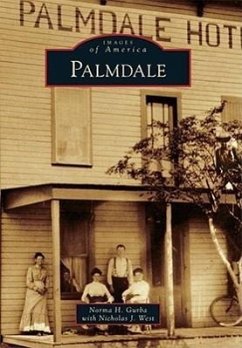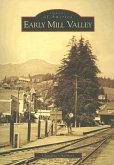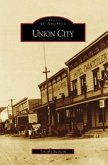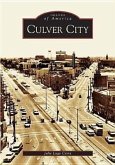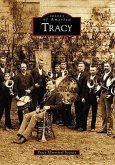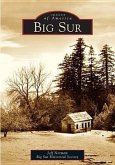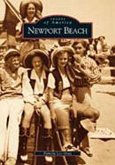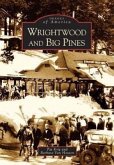One of the nation's fastest growing cities and a center for the aerospace and defense industries, Palmdale began in 1886 with the doomed colony of Palmenthal in a land plentiful with Joshua trees and jackrabbits but very little water. The gateway to the southern Antelope Valley, Palmdale has enjoyed a rich, diverse, and eventful history while resourceful pioneers created neighboring communities of unique character. Littlerock, a "pearadise," became the fruit basket for the Antelope Valley. Neil Armstrong, before becoming the first man to walk on the moon in 1969, resided in Juniper Hills. Pearblossom's rustic landscape was ideal for early cowboy movies. The crumbling site of Llano del Rio is the location of perhaps the most important nonreligious utopian colony in Western American history. Valyermo owes its existence to the San Andreas Fault, and the Big Rock Creek area became known for Noah Beery Sr.'s Paradise Trout Club, a favorite rendezvous for many Hollywood movie stars and notables.
Hinweis: Dieser Artikel kann nur an eine deutsche Lieferadresse ausgeliefert werden.
Hinweis: Dieser Artikel kann nur an eine deutsche Lieferadresse ausgeliefert werden.

